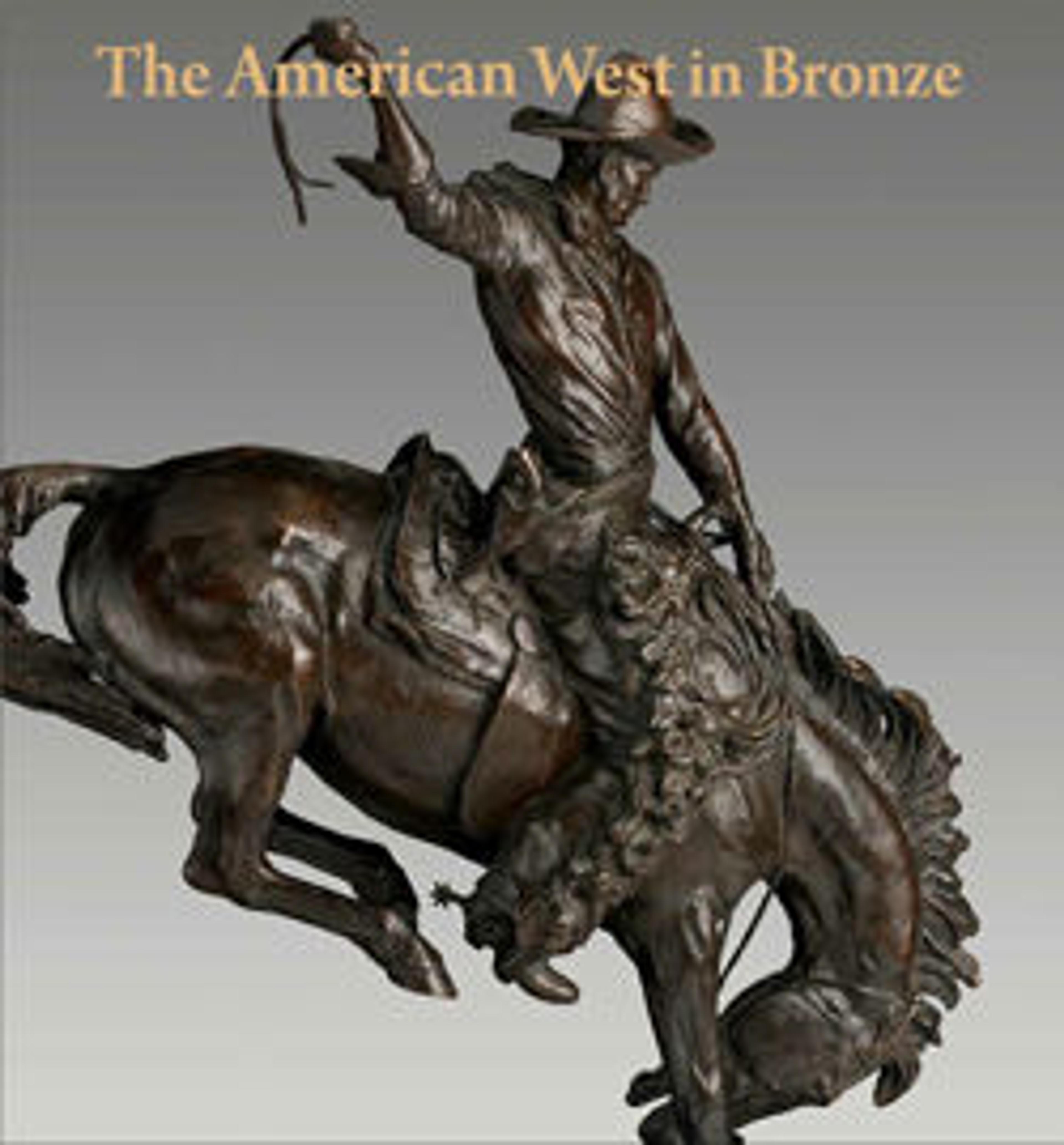"Joseph," Hin-mah-too-yah-lat-kekht, Chief of the "Nez Percé" Indians
Chief Joseph (1840–1904) was hailed for his leadership of the Nez Perce peoples during settlement disputes with the US government in the 1870s. His resistance to relocation to designated reservation land inspired sympathy from many Americans, especially after his forced surrender to federal troops in 1877, just miles from reaching freedom in Canada. Following years of exile in Oklahoma, Chief Joseph eventually settled on the Colville Reservation in northern Washington State. Chief Joseph sanctioned the dissemination of his well-known image in art and popular media to draw attention to the tragic plight of the Nez Perce. This portrait’s display at the Columbian Exposition served as a powerful, elegiac comment on the "closing of the frontier" through Euro-American settlement.
Warner’s patron Charles Erskine Scott Wood, who first met Chief Joseph in 1877, arranged for him to pose for the sculptor in 1889. Both were in Portland, Oregon at the time—Joseph to advocate for Nez Perce rights, and Warner to complete portrait commissions. The sitter’s given name appears in a vertical inscription in both English and Nimipuutímt, the Nez Perce language, translated as Thunder Traveling to Higher Areas.
Warner’s patron Charles Erskine Scott Wood, who first met Chief Joseph in 1877, arranged for him to pose for the sculptor in 1889. Both were in Portland, Oregon at the time—Joseph to advocate for Nez Perce rights, and Warner to complete portrait commissions. The sitter’s given name appears in a vertical inscription in both English and Nimipuutímt, the Nez Perce language, translated as Thunder Traveling to Higher Areas.
Artwork Details
- Title: "Joseph," Hin-mah-too-yah-lat-kekht, Chief of the "Nez Percé" Indians
- Artist: Olin Levi Warner (American, West Suffield, Connecticut 1844–1896 New York)
- Founder: Cast by John Williams (American, New York, ca. 1875–ca. 1953)
- Date: 1889; cast 1906
- Culture: American
- Medium: Bronze
- Dimensions: Other (Object diameter): 17 1/2in. (44.5cm)
Framed: 22 × 2 in., 16 lb. (55.9 × 5.1 cm, 7.3 kg) - Credit Line: Gift of Mr. and Mrs. Frederick S. Wait, 1906
- Object Number: 06.313
- Curatorial Department: The American Wing
More Artwork
Research Resources
The Met provides unparalleled resources for research and welcomes an international community of students and scholars. The Met's Open Access API is where creators and researchers can connect to the The Met collection. Open Access data and public domain images are available for unrestricted commercial and noncommercial use without permission or fee.
To request images under copyright and other restrictions, please use this Image Request form.
Feedback
We continue to research and examine historical and cultural context for objects in The Met collection. If you have comments or questions about this object record, please complete and submit this form. The Museum looks forward to receiving your comments.
